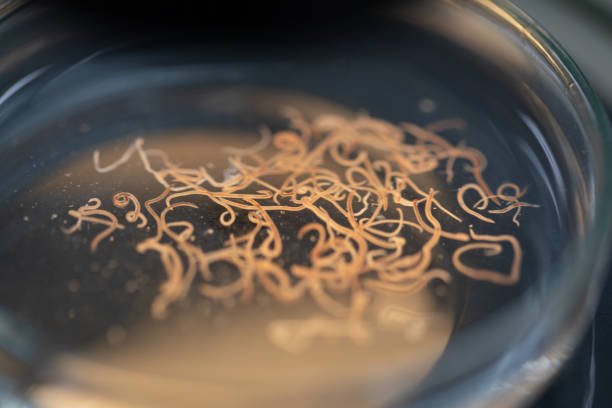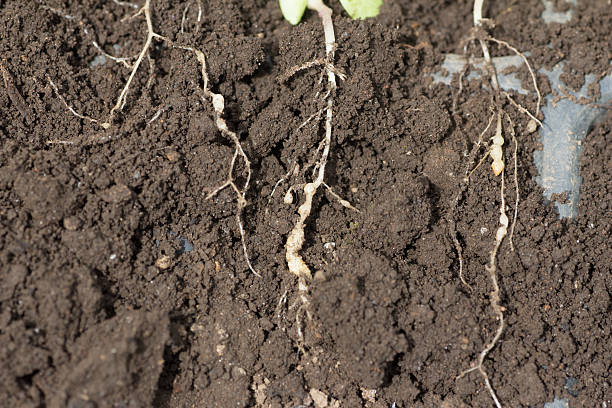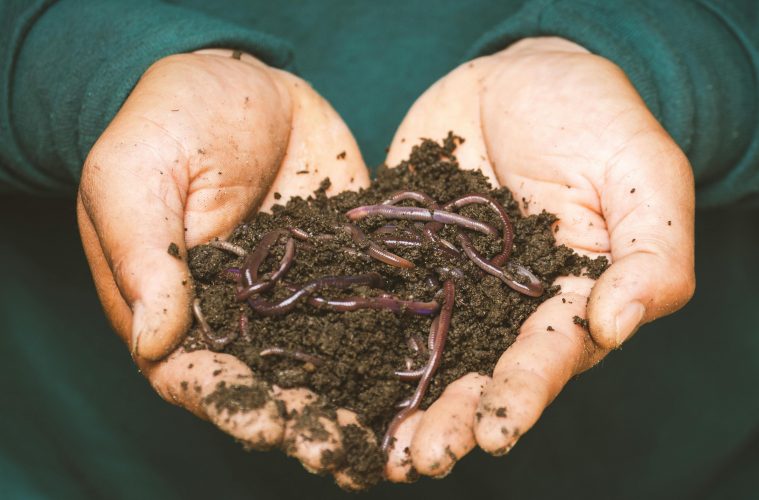Good garden soil beams with life and activity. Beneath your garden soils an entire ecosystem of microorganisms. There are good ones and there are bad ones. Nematodes are one of the good ones that help benefit your garden. These microscopic worms have specialized diets and thrive in the soils of your garden.
What are these microscopic worms?
Nematodes are microscopic parasites thriving in the moist environments surrounding plant roots. They come in two types: root-knot and beneficial nematodes. The beneficial nematodes are the more common, organic way of eradicating soil-born pests.
Beneficial nematodes help break down organic elements in your garden soil and make nutrients available to plants. Their job is to feed on bacteria and fungi and are a major component of garden soils.

Image Credit: Unsplash
Using nematodes for pest control
These organic pest control worms can also be store-bought. Garden stores will have the right ones for the specific pest you are trying to target in your garden. Since plenty of common garden pests live or produce underground, adding them benefits your soil and crops.
They can be effective but they can also be expensive, so it’s crucial to select the appropriate one for the particular pest and use them correctly. Pests like leatherjackets, ants, slugs, fruit flies, carrot root flies, and vine weevils are significantly impacted by these tiny parasites.
When applying your store-bought nematodes:
- Apply them in early spring to summer when the temperature warms up.
- Adding them in the morning is usually the best time.
- Because they prefer moist soil, watering your soil before applying is essential.
- Since their lifespan is 2/3 weeks, keep your garden soil moist to ensure their survival while helping your garden.
Most packages of store-bought nematodes come with instructions ensuring you apply them correctly.

Image Credit: Unsplash
ALSO SEE:
Feature Image: Unsplash


